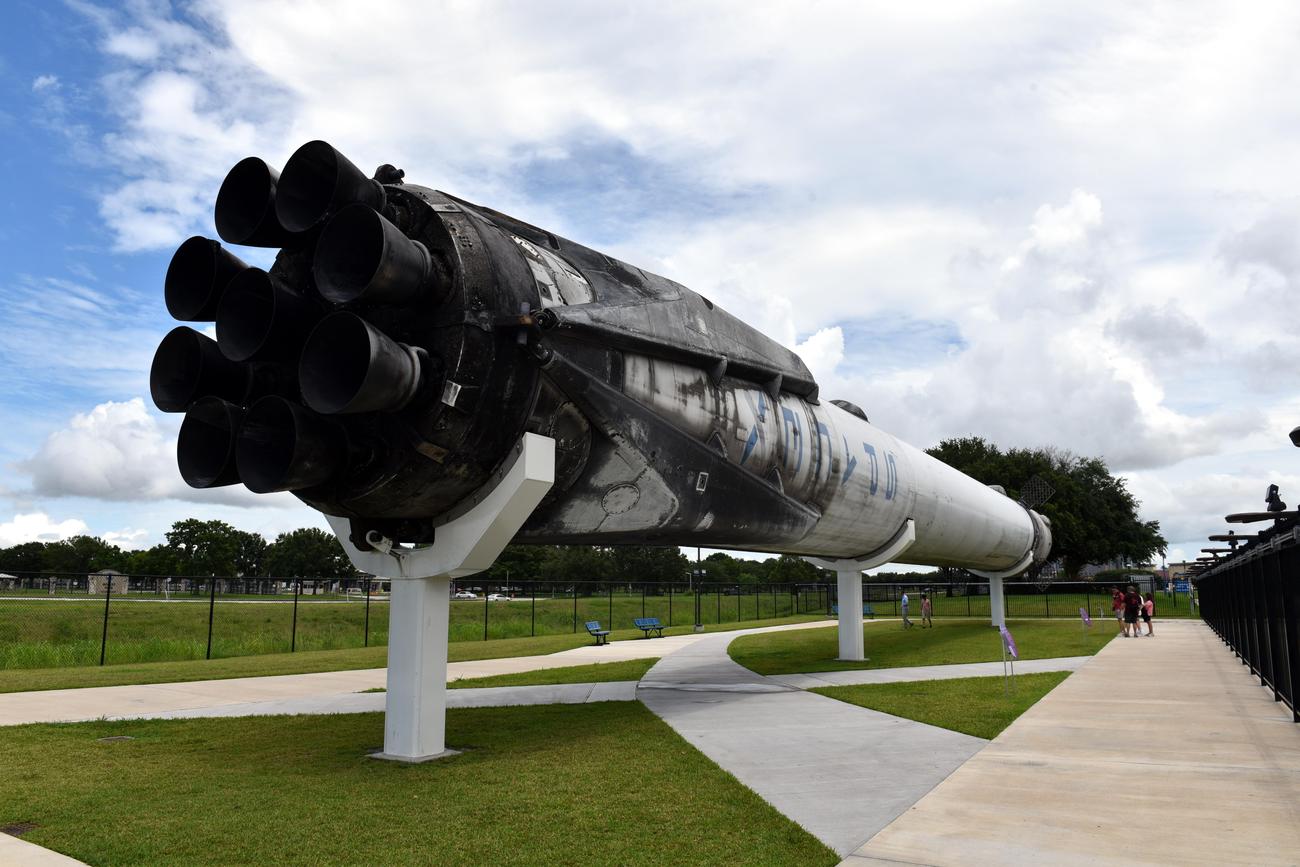Are you ready to embark on a journey to the forefront of space exploration? This article delves into the captivating realm of rocket chamber advancements, where innovation and cutting-edge technology converge to propel us further into the cosmos. As we unravel the mysteries and unveil the latest breakthroughs in rocket chamber technology, prepare to be captivated by the ingenious designs, combustion optimizations, and enhanced fuel efficiencies that are propelling us towards unprecedented possibilities in space exploration. So fasten your seat belts and get ready to explore the incredible advancements in rocket chamber technology!

Rocket Chamber Advancements
Rocket chambers are at the heart of rocket propulsion systems, where the magic of space exploration happens. Over the years, there have been remarkable advancements in rocket chamber technology, propelling us towards new frontiers. In this article, we will uncover the innovative developments shaping the future of rocket chamber advancements. So, fasten your seatbelts and get ready for a thrilling journey through the cosmos.
One area of focus for rocket chamber advancements is the fabrication of liquid rocket engine regeneratively-cooled channel wall nozzles (CWN). NASA, always striving for cost and schedule improvements, is actively exploring novel methods for manufacturing these crucial components. By developing lighter and more efficient parts, NASA aims to enable future missions to the Moon, Mars, and beyond. With each step, we inch closer to unlocking the secrets of the universe.
Quote: “The quest for cost-effective and high-performance rocket chambers drives the investigation of regeneratively-cooled channel wall nozzles (CWN) within the aerospace industry. Harnessing innovative fabrication techniques will be key to realizing the full potential of these advanced components.”
Stanford University has also played a vital role in the progress of rocket chamber technology. Their research has delved into the realm of liquid rocket propulsion systems, comparing monopropellant versus bipropellant systems and pressure-fed versus pump-fed systems. By exploring these different options, we gain valuable insights into the optimal design and operation of rocket chambers. The synergy between academia and industry paves the way for revolutionary advancements that shape the future of space exploration.
Quote: “Stanford University’s comprehensive research on various liquid rocket propulsion systems has significantly contributed to our understanding of the unique challenges and trade-offs involved. By dissecting different propulsion architectures, we are better equipped to engineer rocket chambers that maximize performance and efficiency.”
In recent times, additive manufacturing (AM) techniques have revolutionized the fabrication of high-performance liquid rocket engine combustion chambers. This innovative approach enables the creation of intricate geometries and intricate cooling passages in ways previously unattainable. By harnessing the power of AM, we can optimize fuel efficiency, improve thermal performance, and reduce overall weight. Advances in post-processing operations further enhance the utilization of additive manufacturing for thrust chambers.
Quote: “Additive manufacturing has breathed new life into rocket chamber fabrication, allowing us to explore unconventional designs and achieve unprecedented levels of performance. With each iteration, we inch closer to fully unlocking the potential of additive manufacturing in rocket propulsion systems.”
One critical aspect of rocket chambers is their ability to manage heat generated during the combustion process. Researchers have dedicated significant effort to enhancing the thermal performance of cooling channels within rocket engines. Through the study of heat transfer enhancement techniques, we have made considerable strides in achieving efficient cooling. Techniques like regenerative cooling offer a unique solution to tackle the high heat flux generated inside the combustion chamber of cryogenic rocket engines.
Quote: “The thermal management of rocket chambers is a complex puzzle that demands innovative solutions. By studying and implementing heat transfer enhancement techniques, we can optimize the cooling mechanisms, leading to more efficient and reliable rocket chambers.”
Through these fascinating advancements in rocket chamber technology, we are poised to uncover the mysteries of the universe. The collaboration between NASA, academic institutions like Stanford University, and the industry at large fuels our journey towards space exploration. As we push the boundaries of rocket propulsion, we pave the way for future generations to reach new heights and unravel the secrets of the cosmos.
So, buckle up and join us in this extraordinary adventure, as we witness the unprecedented advancements in rocket chamber technology!
Table: Comparison of Monopropellant and Bipropellant Systems
| Monopropellant Systems | Bipropellant Systems | |
|---|---|---|
| Advantages | ||
| High simplicity | * | * |
| Reduced complexity | * | * |
| Possibility of throttleability | * | * |
| Disadvantages | ||
| Lower specific impulse | * | * |
| Limited thrust control | * | * |
| Higher propellant volume | * | * |
In conclusion, rocket chamber advancements have been fueled by the collaborative efforts of industry experts, researchers, and academic institutions. From regeneratively-cooled channel wall nozzles to additive manufacturing techniques and enhanced cooling mechanisms, each stride brings us closer to unlocking the full potential of rocket propulsion systems. As we witness these innovations unfold, we embark on an exciting journey that will shape the course of space exploration for generations to come.
Quote: “The pursuit of innovation and a never-ending quest to improve rocket chamber technology drives us to push the boundaries. Together, we forge a path towards the stars, fueled by our passion for exploration and dedication to the advancement of rocket propulsion.”
The rocket chamber is an integral component of any rocket, playing a crucial role in the successful launch and propulsion of the spacecraft. If you’ve ever wondered about the fascinating facts surrounding this essential structure, then look no further. We’ve compiled a comprehensive list of facts about the rocket chamber that will leave you in awe of the incredible engineering behind space exploration. Dive into the depths of our knowledge and satisfy your curiosity by clicking here: facts about the rocket chamber. Get ready to be amazed!
FAQ
Q: What is the importance of regeneratively-cooled channel wall nozzles (CWN) in liquid rocket engine fabrication?
A: NASA is investigating methods for the fabrication of liquid rocket engine regeneratively-cooled channel wall nozzles (CWN) to achieve cost and schedule improvements.
Q: What are the goals of NASA in developing lighter and more efficient liquid rocket engine parts?
A: NASA aims to develop lighter and more efficient liquid rocket engine parts for future missions to the Moon, Mars, and beyond.
Q: What recent technology developments have been explored for thrust chambers of future launch vehicle liquid rocket engines?
A: Recent technology developments for thrust chambers of future launch vehicle liquid rocket engines have been extensively explored.
Q: What research has Stanford University conducted on liquid rocket propulsion systems?
A: Stanford University has conducted research on various aspects of liquid rocket propulsion systems, including monopropellant vs. bipropellant systems and pressure-fed vs. pump-fed systems.
Q: How are high-performance liquid rocket engine combustion chambers being fabricated?
A: High-performance liquid rocket engine combustion chambers are being fabricated using additive manufacturing techniques.
- Mastering Leader in Spanish: The Complete Guide - April 19, 2025
- Uncovering Surprising Parallels: England Size Compared to US States - April 19, 2025
- Old Mexico Map: Border Shifts 1821-1857 - April 19, 2025
















